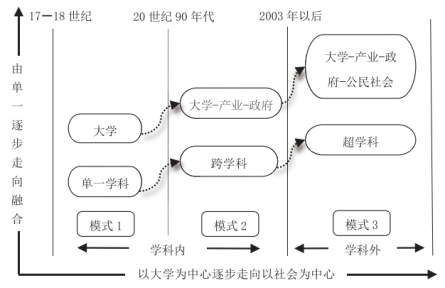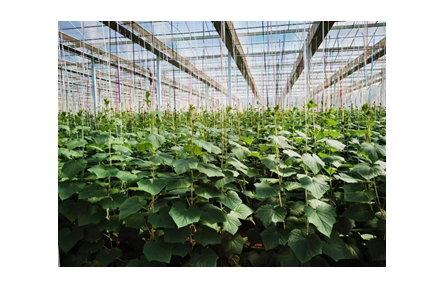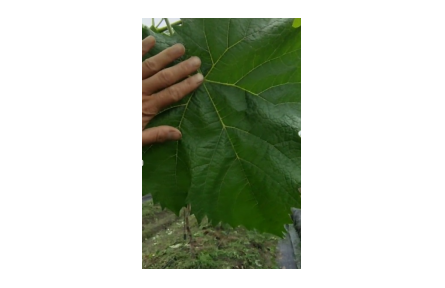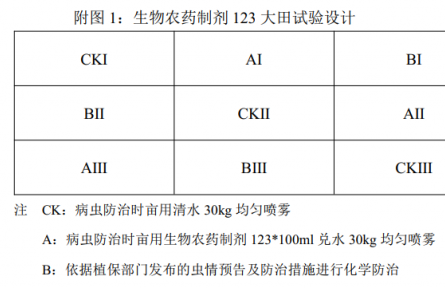郝振帮, 徐新建, 周姝婧, 周冰峰, 朱翔杰
(福建农林大学蜂学学院,福建福州 350002)
摘要: 蜜蜂蜂子发育具有狭温性,偏离最适发育温度对封盖子发育不利,目前温度胁迫对蜂子能量消耗规律尚不清楚。本研究测定了29℃、31℃、35℃、37℃、38℃条件下,意大利蜜蜂(Apis mellifera ligustica)封盖子的羽化率、发育历期、能量消耗速率和羽化的蜜蜂的能量。发现29℃和38℃导致封盖子大部分或全部致死(P<0.01),29℃-37℃内封盖子发育历期随温度升高而下降(P<0.01)。与对照组35℃相比,封盖后1-10d中,29℃、31℃和38℃均显著降低封盖子期总糖和蛋白的消耗速率(P<0.05),但29℃和31℃条件下脂类消耗速率未降低(P<0.05);29℃封盖子羽化时剩余能量最少(P<0.05)。本研究发现温度胁迫能够影响蜜蜂封盖子的能量消耗,为更好地解释蜂子发育狭温性提供理论依据。
关键词: 封盖子;温度胁迫;能量消耗;发育
项目基金:福建省自然科学基金(2016J01699),现代农业蜂产业技术体系建设专项资金(CARS-45-KXJ11)
第一作者:郝振帮(1992-),硕士研究生。研究方向:蜜蜂生态学,E-mail:haozhenbang@outlook.com
通讯作者:朱翔杰(1982-),副教授,硕士生导师,研究方向:蜜蜂生态学和蜜蜂种群遗传学。E-mail:xiangjie_zhu@126.com
Critical temperatures affect energy cost in capped brood honeybee Apis mellifera ligustica
HAO Zhen-Bang, XU Xin-Jian, ZHOU Shu-Jing, ZHOU Bing-Feng, ZHU Xiang-Jie
(College of Bee Science, Fujian Agriculture and Forestry University, Fuzhou 350002, China)
Abstract: The honeybee brood was stenothermic and suboptimum temperatures imposed detrimental effects on their development. To update, the mechanism underlying critical thermal effects on honeybee brood development success remains unknown. In the present study, the emergence, duration, energy consumption rate and energy reserve were measured for the Apis mellifera lignstica capped brood reared to lower/upper critical temperatures 29°C, 31°C, 37°C and 38°C. The results showed more than 80% brood failed to emerge at 29°C while none survived at 38°C. Development duration deceased as the temperature increased within 29-37°C; In contrast to presumed optimal temperature group, early brood energy use rate was constrained at 29°C, 31°C and 38°C, however, lipids use rate was not decreased at 29°C or 31°C. The emerged pupae energy reserve at 29°C was the least among the test temperatures due to their extended development duration. Our data explored the critical temperatures affecting the energy use during honeybee capped brood development, which provides insights into physiological mechanism underlying the stenothermic requirements for brood development.
Key Words: capped brood; temperature stress; energy use; development





